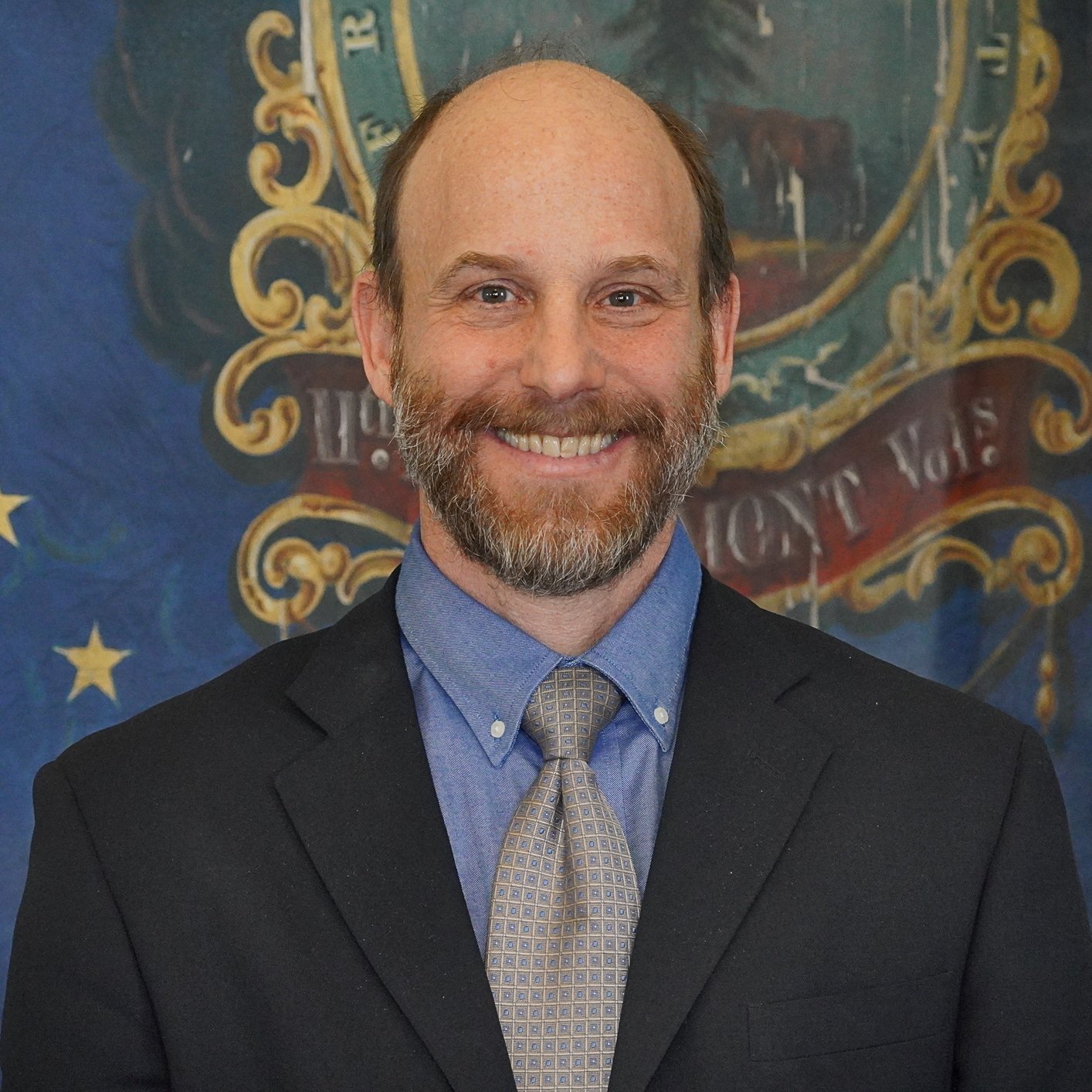Op-Ed: Urging Gov. Scott to sign S.213, the Flood Safety Act
May 17, 2024
The Flood Safety Act, S.213, makes changes to Vermont’s statutes to help Vermont become more resilient to future flooding. The massive flooding of recent years caused billions of dollars in damage, destroying homes, businesses, roads, and other infrastructure. This bill is a response to those events by addressing flood management in our river corridors, floodplains, and wetlands.
A river’s corridor is the area where a river will move over time. The moving water naturally erodes its banks and bottom and at the same time deposits sediments in its path. This process causes changes in the width and depth of the river and where the river is laterally located. A river may take many years to move a short distance in some situations. Other times, such as during a powerful storm, a river may move large distances over very short periods, often in ways that are hard to predict, as some of our neighbors sadly experienced during the past few years.
Many of our towns and cities were settled adjacent to rivers for what were good reasons at the time, and we have constrained sections of river in many of these more populated locations. This allows us to build next to rivers, but inevitably makes erosion worse in areas up and downstream of the constrained areas.
It also makes flooding worse. We need to let rivers move wherever they naturally go wherever we can. Science and recent history are very clear that constraining rivers is counterproductive and costly.
Vermont is currently spending tens of millions of dollars per year to cope with damage to existing development in river corridors, and 80% of flooding damage occurs within river corridors. Our best solution is to not build further in these locations, except for parcels in already built-up areas where development in a river corridor can make sense. This would mostly be in-fill development adjacent to existing structures.
S.213 will require a permit for many kinds of development in larger river corridors. By creating a permit process for development in these areas, we’ll be taking reasonable and needed steps to avoid future damage.
Floodplains, another area this bill addresses, are the areas next to rivers that can fill with water during storms. This is where inundation-style flooding occurs, as contrasted with the movement of rivers via erosion within a river corridor. Floodplains store water and slow rivers during storms. The effect of this is to dissipate the energy of the moving water and limit its depth, thus minimizing damage to existing structures and threats to human health and safety. This bill will require updates to building standards in floodplains to help Vermont be better able to withstand floods and make recovery less expensive.
The bill will also address Vermont’s wetlands, which store water and reduce flooding. A great deal of mapping of wetlands has been completed and this bill will require the updating and maintenance of our wetlands maps.
S.213 will also put into statute the current practice of creating twice the acreage of new wetlands for every acre of wetlands lost to development. Between 2016 and 2020 this policy enabled a gain of 18.5 acres of wetlands statewide. About one-third of the wetlands that existed in Vermont at the time of European settlement are gone. This new statute will take tiny steps toward reclaiming what we’ve lost.
This bill is long overdue. We used to think that wetlands were wastelands with no useful function. We know better now. We used to think that floodplains were better if they never saw floodwaters. We know better now. We used to think that dredging and armoring rivers were efficient and effective means to control them. We know much better now.
This knowledge has been learned at great cost. This bill is a product of those hard-won lessons and has been sent to the governor for his approval.
I urge him to sign it.
State Rep. Larry Satcowitz, D-Randolph, represents the Orange-Washington-Addison District in the House that covers Braintree, Brookfield, Granville, Randolph and Roxbury.

